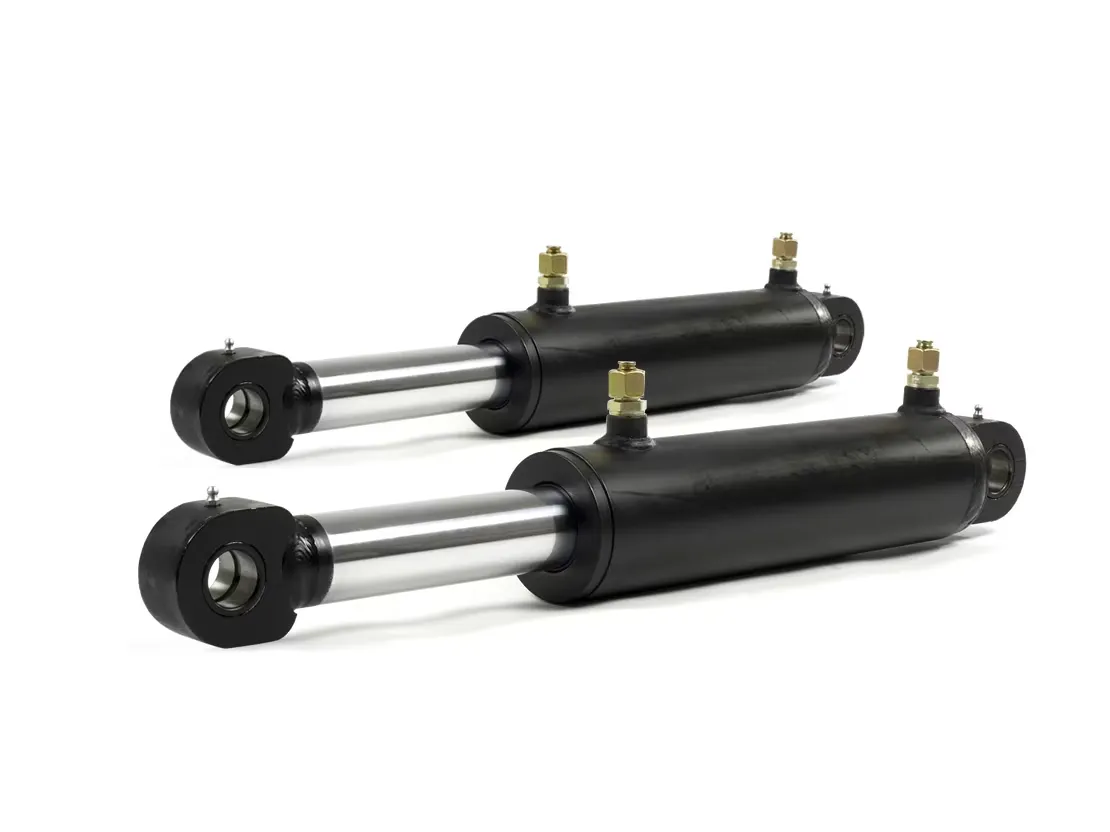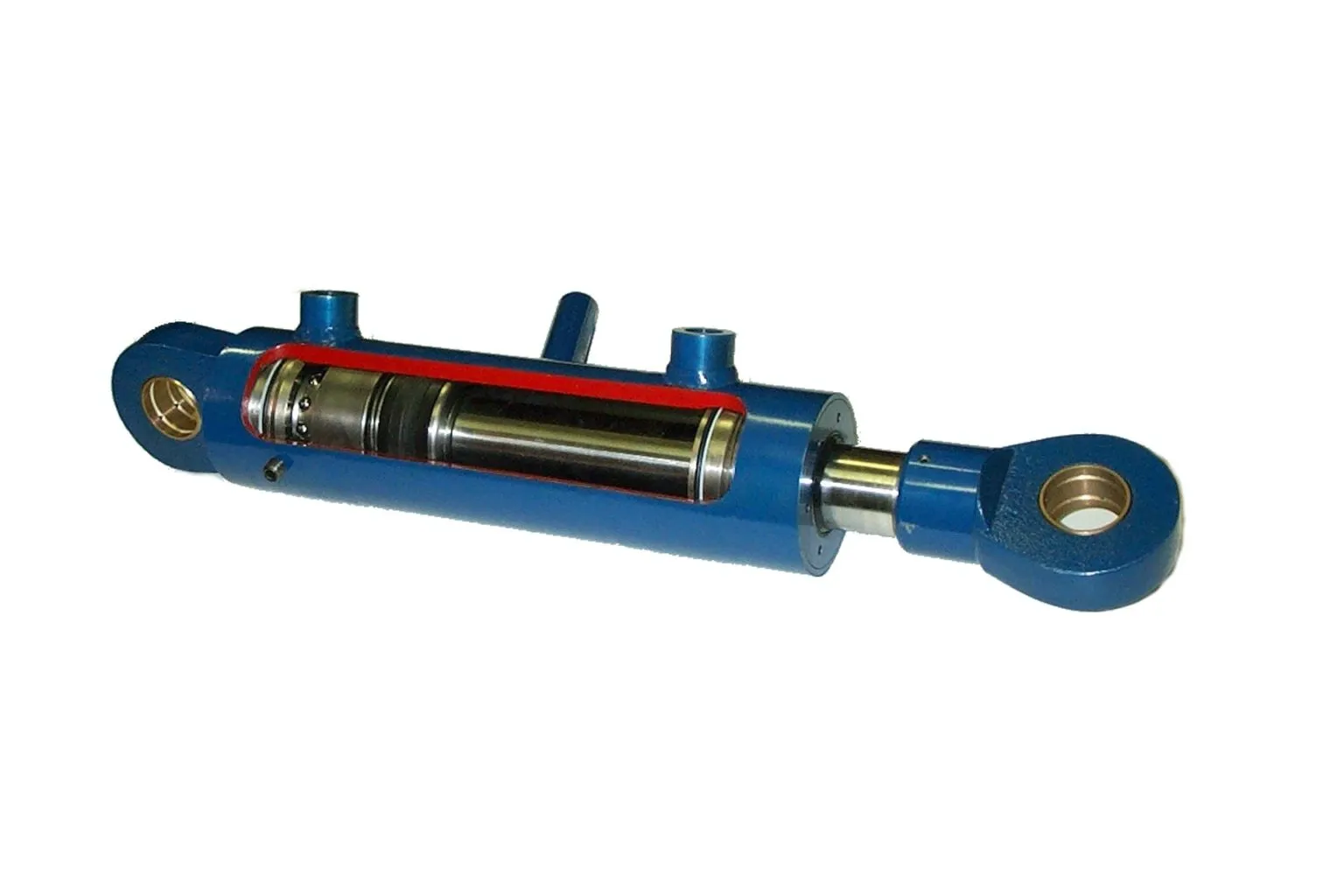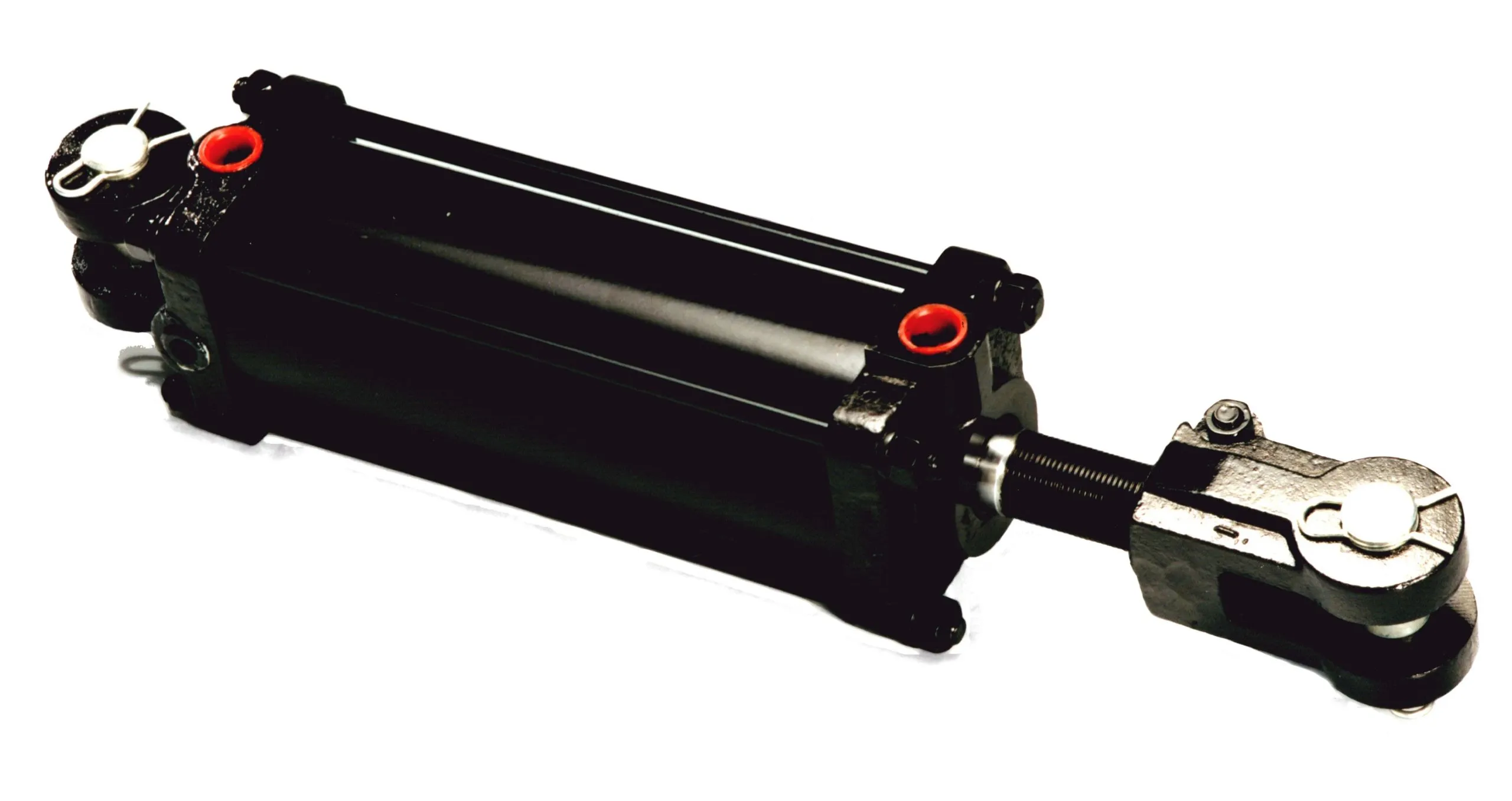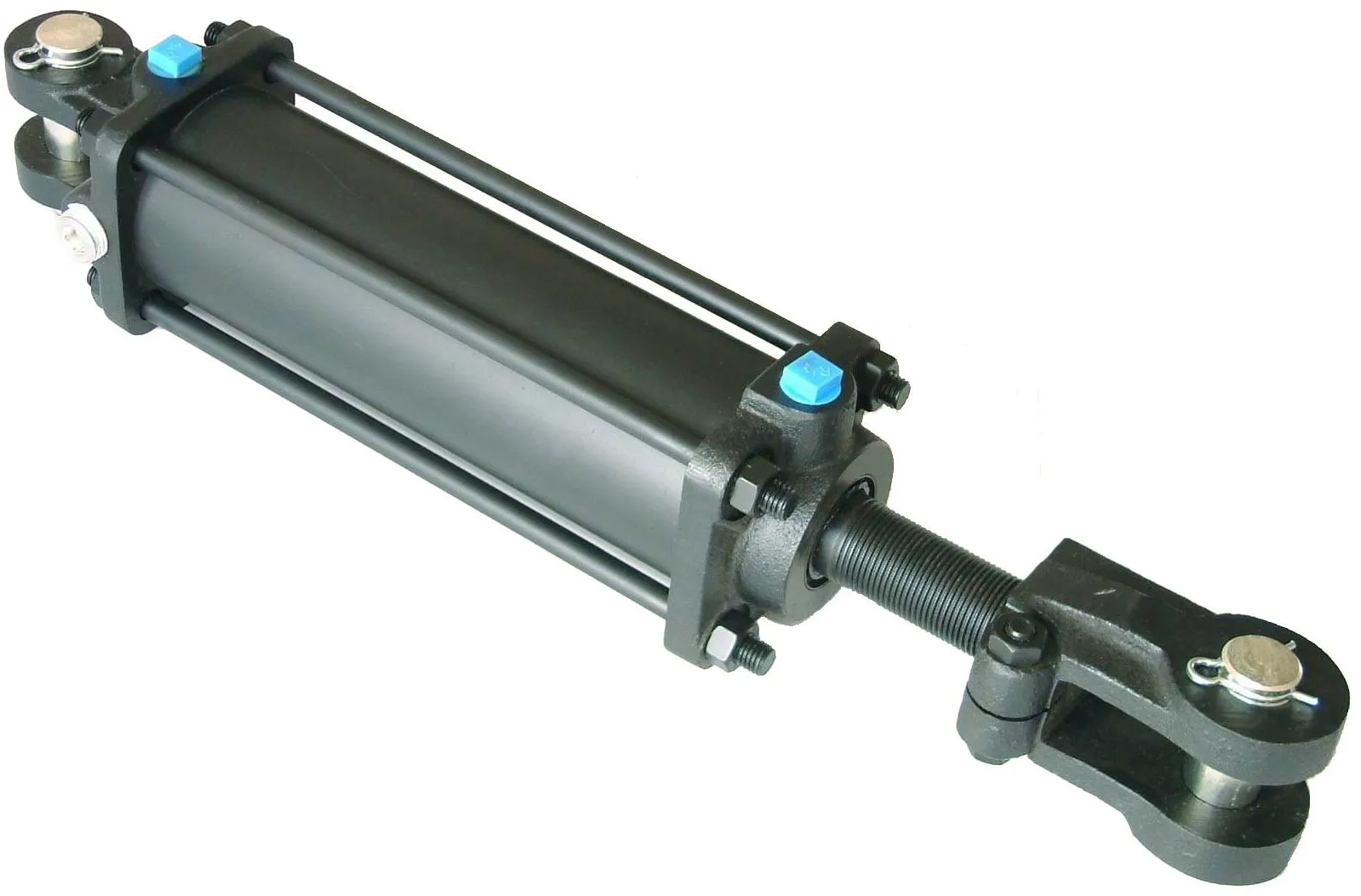Mill-Type Welded Hydraulic Cylinders: Enhancing Waste Compaction Equipment
Introduction
Mill-type welded hydraulic cylinders play a crucial role in waste compaction equipment, ensuring efficient and reliable operation. These cylinders are designed with precision and durability to withstand the rigorous demands of waste management applications. Let’s delve deeper into the key aspects of mill-type welded hydraulic cylinders and their significance in waste compaction equipment.
Design Characteristics

When it comes to the design of mill-type welded hydraulic cylinders, attention to detail is paramount. The components such as the shell, inner cylinder, and piston are meticulously crafted to ensure optimal performance and longevity. The welding technology used in manufacturing these cylinders is carefully selected to guarantee strength and durability. Each component undergoes a rigorous manufacturing process to meet the highest quality standards.
Welding Technology
The welding technology employed in the manufacturing of mill-type welded hydraulic cylinders is critical in determining their overall performance. High-quality welding techniques are utilized to ensure the structural integrity and reliability of the cylinders. By focusing on welding technology, manufacturers can enhance the strength and durability of the cylinder components, making them suitable for heavy-duty applications.
Working Principle
The working principle of mill-type welded hydraulic cylinders revolves around the conversion of hydraulic energy into mechanical force. These cylinders operate by using pressurized hydraulic fluid to move the piston within the cylinder, generating linear motion. This principle enables precise control and smooth operation, making mill-type welded hydraulic cylinders ideal for waste compaction equipment.
Types and Configurations
There are three main types of mill-type welded hydraulic cylinders available, each offering unique features and configurations. Understanding the differences between these types is essential for selecting the right cylinder for specific applications. By exploring the distinct characteristics of each type, users can determine the most suitable option for their waste compaction equipment.
Single-Acting Cylinders
Single-acting mill-type welded hydraulic cylinders utilize hydraulic pressure to extend the piston, with an external force retracting it. These cylinders are commonly used in applications where the load is predominantly in one direction, providing efficient operation and reliable performance.
Advantages
Mill-type welded hydraulic cylinders offer various advantages for waste compaction equipment, including high load capacity, long stroke, and rugged durability. These cylinders are designed to withstand harsh environments and heavy loads, ensuring optimal performance and longevity. By leveraging the benefits of mill-type welded hydraulic cylinders, users can enhance the efficiency and effectiveness of their waste compaction operations.
High Load Capacity
One of the key advantages of mill-type welded hydraulic cylinders is their high load capacity, allowing them to handle heavy loads with ease. This feature makes them ideal for waste compaction equipment, where robust performance is essential for effective operation.
Performance Characteristics
The performance characteristics of mill-type welded hydraulic cylinders are crucial in determining their suitability for waste compaction equipment. Factors such as working pressure, load capacity, and responsiveness play a significant role in the overall performance of these cylinders. By understanding these characteristics, users can optimize the efficiency and reliability of their waste compaction operations.
Working Pressure
The typical working pressure of mill-type welded hydraulic cylinders is designed to withstand the demanding conditions of waste compaction equipment. By ensuring that the cylinders can operate effectively under high pressure, users can maximize their performance and reliability in waste management applications.
Applications
Mill-type welded hydraulic cylinders are widely used in various industries, including heavy equipment, industrial machinery, and mining operations. These cylinders play a vital role in enhancing the efficiency and reliability of machinery and equipment, ensuring smooth operation and optimal performance.
Heavy Equipment
In the heavy equipment industry, mill-type welded hydraulic cylinders are utilized in a wide range of applications, such as excavators, loaders, and bulldozers. These cylinders provide the necessary force and control for operating heavy machinery, enhancing productivity and performance.

Design Considerations
When selecting mill-type welded hydraulic cylinders for waste compaction equipment, various design considerations must be taken into account. Factors such as bearing capacity, sealing, durability, safety, and maintainability are critical in ensuring the optimal performance and longevity of the cylinders. By focusing on these design considerations, users can enhance the efficiency and reliability of their waste compaction operations.
Bearing Capacity
The bearing capacity of mill-type welded hydraulic cylinders is a key consideration in waste compaction equipment, as it determines the maximum load that the cylinders can support. By selecting cylinders with the appropriate bearing capacity, users can ensure safe and efficient operation in waste management applications.
Sealing and Lubrication
Proper sealing and lubrication are essential for maintaining the performance and longevity of mill-type welded hydraulic cylinders. Using high-quality seals and lubricants, such as piston seals and polyurethane seals, can prevent leakage and ensure smooth operation. Regularly lubricating the cylinder components helps reduce wear and tear, extending the service life of the cylinders.
Lubrication
Regularly filling the mill-type welded hydraulic cylinders with the appropriate amount of hydraulic oil is crucial for ensuring optimal performance. Proper lubrication reduces friction and wear on the cylinder components, enhancing their durability and efficiency in waste compaction equipment.
Maintenance and Safety
Regular inspection and preventive maintenance are essential for preserving the performance and longevity of mill-type welded hydraulic cylinders. By following proper maintenance procedures and safety measures, users can minimize the risk of malfunctions and ensure the safe operation of their waste compaction equipment.

Preventive Maintenance
Implementing preventive maintenance measures, such as regular inspections and lubrication, can help identify potential issues before they escalate. By proactively addressing maintenance needs, users can prevent costly repairs and downtime, maximizing the efficiency and reliability of their waste compaction operations.
Installation Guide
Correct installation of mill-type welded hydraulic cylinders is crucial for ensuring optimal performance and safety. By following the manufacturer’s guidelines and recommendations, users can install the cylinders correctly, minimizing the risk of malfunctions and enhancing the efficiency of their waste compaction equipment.
Troubleshooting and Fault Diagnosis
Understanding common problems and fault diagnosis of mill-type welded hydraulic cylinders is essential for effective maintenance and repair. By identifying potential issues and implementing troubleshooting solutions, users can address problems promptly and minimize downtime in waste compaction operations.
Fault Diagnosis
Common issues with mill-type welded hydraulic cylinders include leaks, insufficient pressure, and erratic operation. By diagnosing these faults accurately and addressing them promptly, users can ensure the optimal performance and reliability of their waste compaction equipment.
FAQs
Here are answers to some common questions about mill-type welded hydraulic cylinders:
What are the advantages of mill-type welded hydraulic cylinders?
Mill-type welded hydraulic cylinders offer high load capacity, durability, and efficient performance, making them ideal for waste compaction equipment.
What are the main components of a mill-type welded hydraulic cylinder?
The main components include the shell, inner cylinder, piston, seals, and hydraulic fluid, working together to generate linear motion.
How do mill-type welded hydraulic cylinders differ from other types?
Mill-type welded hydraulic cylinders are specifically designed for heavy-duty applications, offering high load capacity, durability, and precise control for waste compaction equipment.
Long Tail Keywords
Here are three long tail keywords related to mill-type welded hydraulic cylinders:
- Hydraulic cylinder replacement services
- Durable welded hydraulic cylinders
- Customized hydraulic cylinder solutions
Company Focus
Our company specializes in hydraulic cylinder replacement services, offering a comprehensive product line for various applications. With a focus on quality, reliability, and customer satisfaction, we have established ourselves as a leading manufacturer and distributor of hydraulic cylinders in the domestic and international markets.
Customized Services
We provide customized hydraulic cylinder solutions to meet the unique needs of our customers, ensuring optimal performance and efficiency in their applications.

